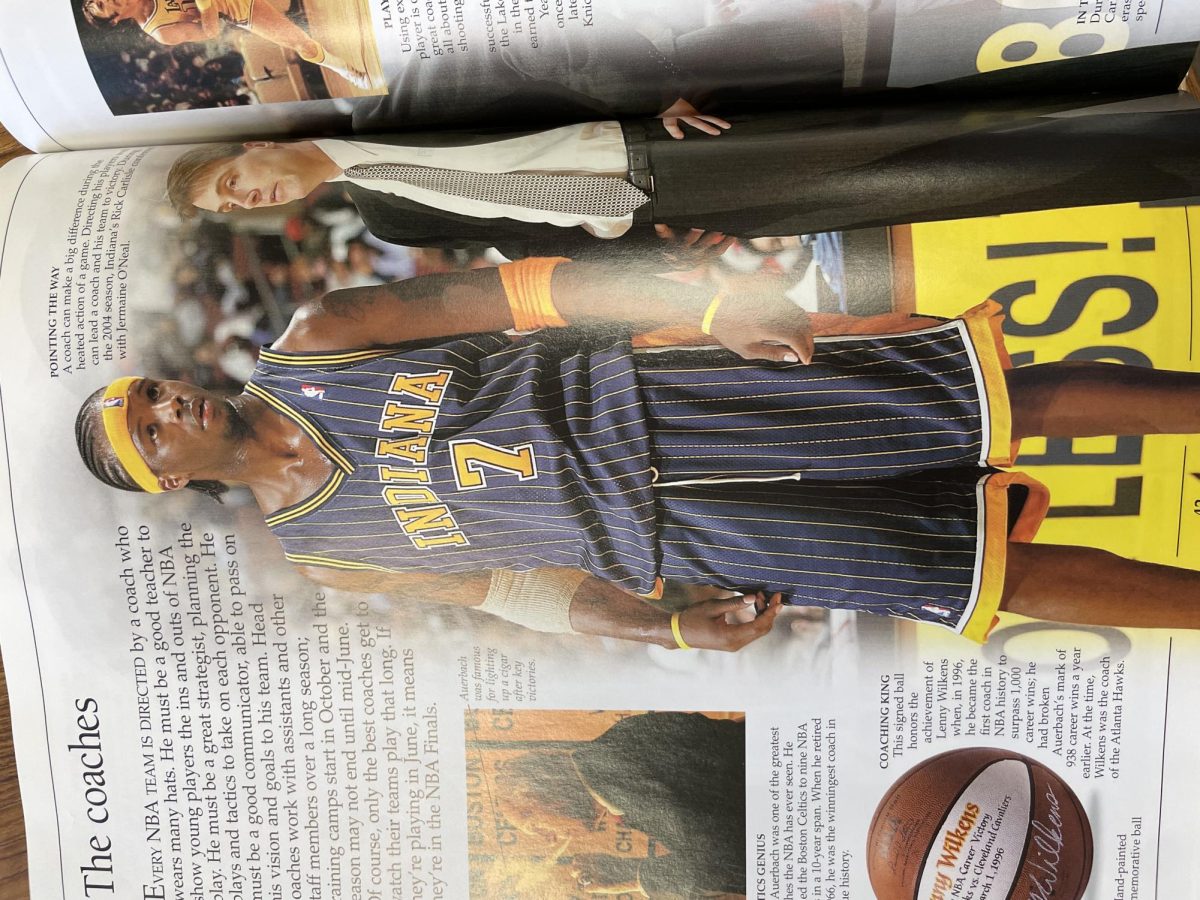Sequels are crucial, and yet they are the most precarious when it comes to series order. Most of the time, the quality of them is hit or miss. And when they hit, they do wonders for the advancement of the story. But, when they miss, they miss big. Even if it feels a little bit off, it can leave you disappointed.
So, yes, they are important. And this phenomenon of missing the mark on sequels is so prominent it has a name: Sequel Syndrome. Sequel Syndrome is where a series falls off in the second installment due to inadequate work or not living up to its previous installment. Whether it’s movie franchises, TV shows, video games, or books, anything with a potential sequel can fall prey to this.
When reading, a sequel can make or break if I continue a series or not. I might be left unsatisfied by the lack of plot, character development – or an opposite, extreme change and a 180 pivot on storyline. That is to say, it’s a delicate balance, and I understand there is a lot of pressure on authors because of this.
It gets even more complicated when each book in a series alternates between points of view. An example of this is the sequel in the “Caraval” series by Stephanie Garber, “Legendary.” It switched from the perspectives between sisters, and by doing that, basically abandoned the original plot line. The original perspective was reduced to a subplot. Now, this could have been done gracefully by gradually introducing us to the other sister, but no. It felt jarring and, honestly, was disappointing because I would have preferred the original sister.
However, ironically, the sequel series to “Caraval,” “Once Upon A Broken Heart” was incredible, and guess what, its sequel was literally the best book in the whole series. It was the complete opposite of what happened with “Caraval.” You know it’s done right when the sequel is better than the first installment.
So, ultimately, not all hope is lost because I have found some truly innovative and enthralling sequels. Another example of this is “The Hunger Games” by Suzanne Collins with “Catching Fire.” I’ve seen this is a general consensus, but I’m going to include it anyway because they’re right. It’s the perfect sequel. It expands the world; we learn more about the outer districts and the Capitol, as well as previous games through the victor’s tour. It develops the characters; Peeta and Katniss’s dynamics are expanded on and we are introduced to characters that play crucial roles in the next book (like Finnick). And most importantly, it introduces the overall plot arc of the entire series. In the first book, it was just surviving the games, but now it’s grown to taking the games and the capital down once and for all. In short, it’s definitely not a filler book. I could even argue it’s the most important book of the whole series. And, of course, it’s even better by reading the newest addition “Sunrise on the Reaping.”
As you can see, there is a clear ideal when looking for a sequel, if the series is of any substance. So next time you start a new series, or are evaluating an older one, maybe keep these things in mind to see how the quality ends up being.







